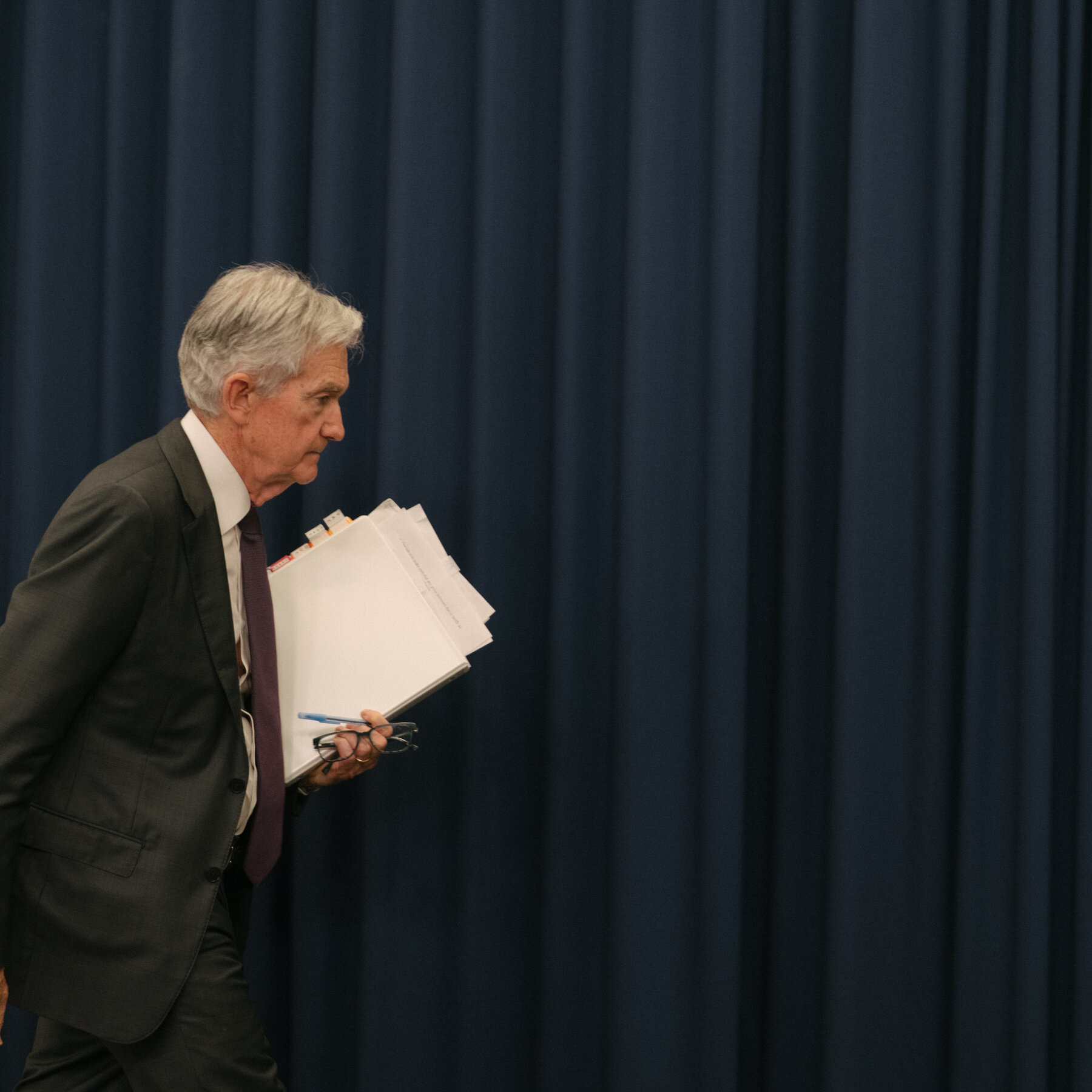September Jobs Report Injects More Uncertainty Into Fed’s December Decision
Labor market slowdown collides with a resurgence in price pressures
The latest employment data for September has added a fresh layer of complexity to the Federal Reserve’s upcoming policy meeting in December. While the pace of job creation has begun to decelerate, inflationary forces appear to be re‑accelerating, leaving policymakers divided on whether a third consecutive rate cut is warranted.
Key takeaways from the report:
- Non‑farm payrolls rose by 150,000 jobs, well below the 210,000 expected by most economists.
- The unemployment rate edged up to 3.9%, a modest rise from August’s 3.7%.
- Average hourly earnings grew at an annualized rate of 4.3%, signaling persistent wage pressure.
These figures suggest that the labor market, once the Fed’s strongest ally in justifying monetary easing, is beginning to lose some of its momentum. At the same time, core inflation—excluding food and energy—has risen by 0.2% month‑over‑month, nudging the annual rate back toward the 2% target.
Fed officials split on the path forward
Within the Federal Open Market Committee, the debate has sharpened. Some members argue that the combination of a cooling job market and still‑elevated inflation calls for a cautious approach, possibly postponing further cuts to avoid reigniting price growth. Others contend that the modest slowdown in hiring provides enough room to continue the easing cycle, emphasizing the need to support households still feeling the strain of higher living costs.
“We cannot afford to be complacent,” warned one Fed governor, highlighting the risk that renewed inflation could become entrenched if policy is loosened too quickly.
Conversely, a senior official from the Board of Governors noted, “The labor market is showing early signs of fatigue, and a measured reduction in rates could help sustain the economic expansion without jeopardizing our inflation goals.”
What the market is watching
Investors are closely monitoring the Fed’s language in the minutes of the upcoming December meeting. Bond yields, equity valuations, and the dollar’s trajectory could all shift dramatically depending on whether the central bank signals a continuation of rate cuts or a pause to reassess the evolving data.
In the meantime, analysts advise caution. “The September jobs report reminds us that the economy is at a crossroads,” said a senior economist at a major investment bank. “The next few months will be critical in determining whether the Fed can balance growth and price stability without over‑correcting.”






İşsizlik oranındaki artış ve enflasyonun yeniden hızlanması Fed’in kararını zorlaştırıyor. Umarım ekonomistler doğru kararlar alırlar.